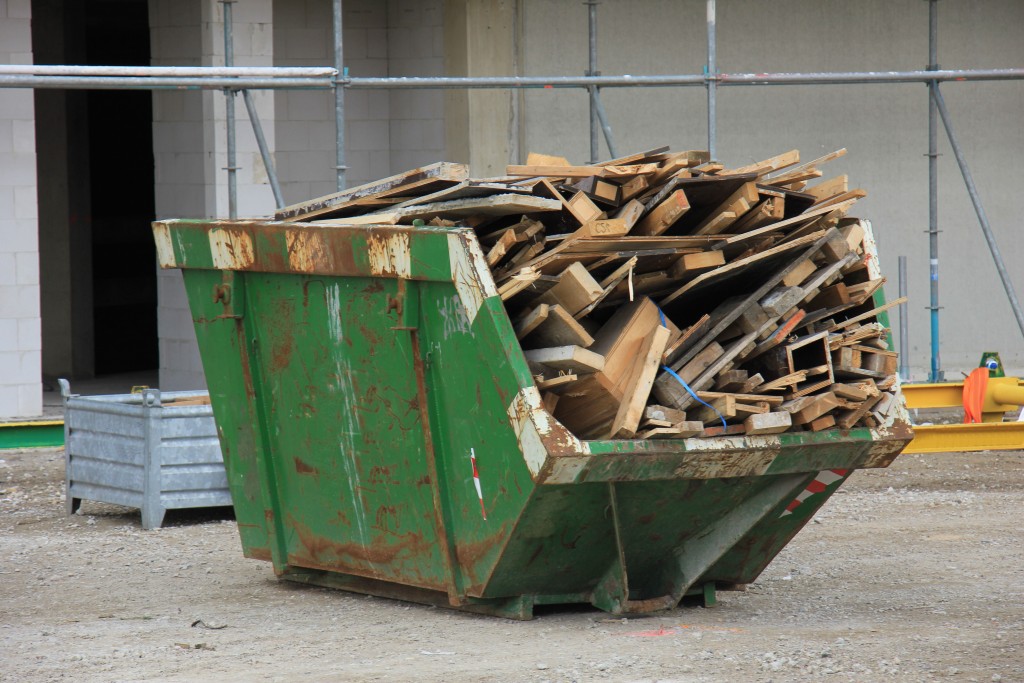There is a clarion call for responsive waste management in Australia. Will you hear the clamour for better waste disposal processes? The country is notorious for producing a tonne of solid waste that goes to landfills annually. While some countries in Europe can now rely on waste as a source of fuel, Aussies have yet to turn the corner. We all have to reconsider our relationship with waste and rethink the way we are dealing with the rubbish produced by the construction industry.
Opportunities
Building-related waste must be managed more efficiently. Identification of more effective strategies should include the most relevant topics, starting with identification and separation of waste products. There are great opportunities for a return of investment for a business that facilitate the return of waste to manufacturing. For best results, contractors must also endeavour to set acceptable standards for efficient job site waste management. Promoting the best practice with less environmental impact should be a priority in the construction industry. These days, effective construction debris disposal in Sydney should focus not only on proper and timely transport but also on waste reduction and value recovery.
Waste Elimination
One of the most important principles of environmentally sound waste management is waste elimination. This approach has the biggest benefit to the environment and human health as well. How does it work? Formwork that uses wood is traditionally incorporated in concrete construction. The lumber used in the proceedings become waste after its purpose is achieved. In order to eliminate this waste altogether, contractors must favour reusable modular systems made of metal. While wood cannot be reused, the meal alternative should still be a viable system for another construction phase or project.]
Recycling

Beneficial reuse is a key term to remember. Windows, doors, panes of glass, masonry, drywall, lumber, and other materials that can still be sold or donated should not be allowed to rot away in a pile. There is always something in a pile of construction and demolition (C&D) waste that can still be reused or recycled. Contractors can save money and even earn a few hundred dollars if they just hold off the trip to the landfill and start sorting construction rubbish.
Becoming Minimalist
Minimising waste in construction can take many forms. Utilising standard sizes of building material helps reduce waste output. Clarifying specifications of materials will expedite the process and avoid delays brought forth when contractors refuse to work with what is available. Another means of reducing waste is to select products that come in minimal but protective packaging. Proper waste handling and transportation count as measures to reduce waste. From the start of the project, contractors must formulate waste reduction goals and ensure that they are implemented during construction.
C&D waste comes in many different forms. Debris from old parts of a building being demolished may end up in landfills. Scraps and packaging materials from new construction sites should be brought to scrap dealers or recycling facilities. Contractors are responsible for waste management. Each construction project in Australia should be challenged to implement waste elimination, minimal waste production, and recycling or reusing.
